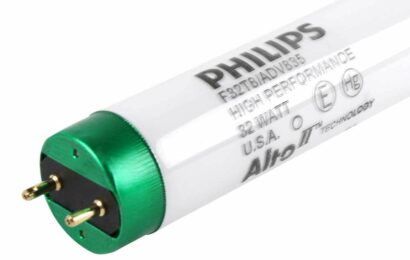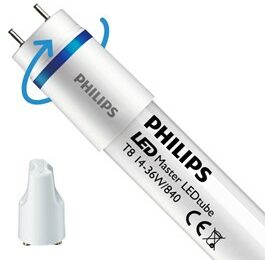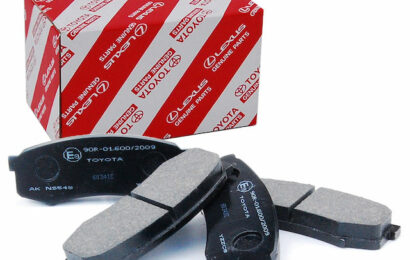If you love sailing and you travel a lot by boat, you might have heard of Helms A Lee. It’s a tacking call out like the below:
Ready about? (from the helm)
Ready. (from the crew)
Helm’s a lee! (from the helm)
Helms A Lee is a phrase used by the helmsman to signal to the crew that he’s already started tacking. It is a call given during sailing. Tacking is another phrase for the same thing.
How Helms A Lee is used on the sea
Helms A Lee is a nautical term and it’s used by the captain generally. When he is about to tack he gives out this call. It alerts guests on board that the ship is approaching the wind and that the helm (rudder) has been moved to the leeward side in order to perform a turn.
When they say the Helms A Lee and the crew begins tacking, they’re turning up into the wind to get the bow through it, so the helm is turning them windward. If you hear this call while traveling as a guest, keep your head down since the boom will shortly swing over the deck. While tacking, no man overboard drills are welcomed.
Usage history
Nobody knows how and when people started using commands like Helms A Lee. The command literally means the rudder is in the lock position on the boat’s lee side. Whoever is at the helm offers that rudder position alert to notify that the boat will begin to turn in the lee direction.
The term “lee” simply refers to the side of the boat from which the wind exits. Surprisingly, the term was hijacked from English agriculture and referred to a field that was purposefully left barren.
Other usable commands
There are many different commands like Helms A Lee. It varies from ship to ship and from captain to captain. Other similar calls used include Lee Ho, Jibe Ho, Tacking, Jibing, Hard A Lee, etc are used. Anything is valid as long as everyone is aware of the calls.
Is Helms A Lee the same thing as Hard A Lee?
Yes, they are the same. Both calls are used during taking. They both mean the position of the tiller when the rudder is pushed firmly windward.





